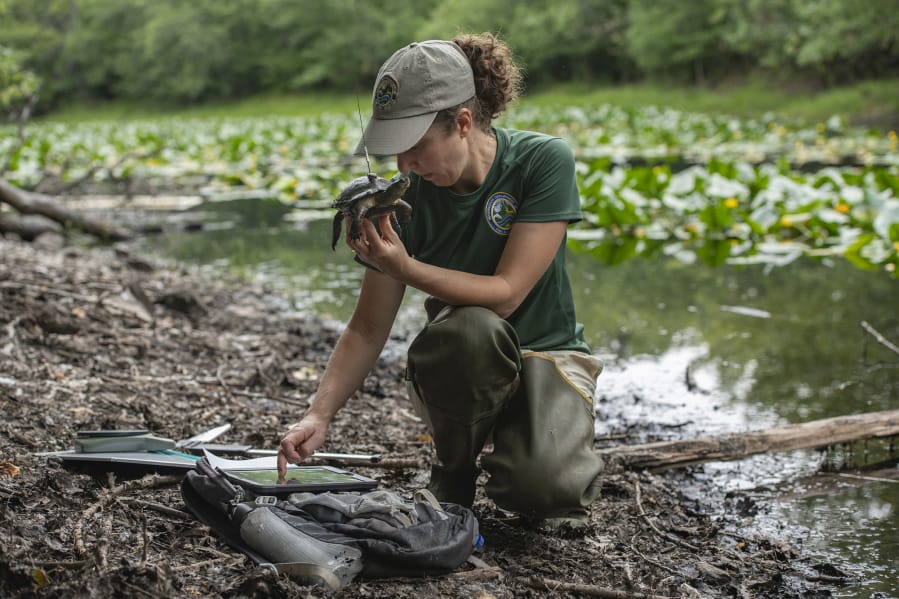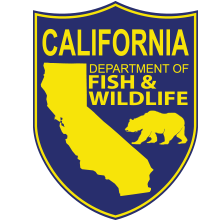
Biology, Botany, and Wildlife
Within biology and wildlife jobs you will work outdoors conducting research by identifying, preserving, and collecting data on the different types and sizes of trees, plants, insects, and animals. Data is then analyzed and used to help make policy decisions. You will use maps, compasses, data recorders and other tools to conduct research and complete tasks. You may expand to being able to effectively direct work involving complex biological issues, recreation and public use management, organizational policies, rules, and regulations, construction, and law enforcement in a highly visible and closely scrutinized environment.
Industry Insights
A high-level pulse check on talent demand, projected growth, compensation, and how work typically happens across this pathway.
Estimated employment nationwide in 2024
Projected change in employment through 2034
Mid-career annual salary (nationwide median)
How the work is typically performed
Peak demand and work cadence
Career Pathways & Progression
Position Responsibilities
Entry‑level positions include internships and seasonal field technician roles where individuals assist senior biologists with data collection, plant and animal surveys, and habitat maintenance. Work often involves long hours outdoors and may be physically demanding.
Job Types & Titles
- Wildlife field technician
- Biological science aide
- Botany intern
- Research assistant
- Wildlife rehabilitation assistant
Qualifications Snapshot
Education
High‑school diploma with coursework in biology is acceptable for some seasonal aides; most positions prefer or require a bachelor’s degree in wildlife biology, ecology or a related natural resource field.
Certifications
Not required, but CPR/first‑aid or pesticide applicator certifications may be beneficial.
Experience
Volunteer experience with conservation organizations or undergraduate field courses are advantageous.
Position Responsibilities
Technicians work under the direction of biologists to conduct routine monitoring, habitat restoration and enforcement activities. They operate equipment, collect and analyze samples, maintain databases and ensure compliance with regulations.
Job Types & Titles
- Wildlife technician
- Botany or herbarium technician
- Fish and game warden (non‑sworn)
- Habitat restoration technician
- Biological science technician
Qualifications Snapshot
Education
Associate’s or bachelor’s degree in wildlife biology, fisheries, botany, environmental science or a similar field.
Certifications
Associate Wildlife Biologist® designation from The Wildlife Society may be pursued after meeting coursework requirements.
Experience
1-2 years of field or lab experience; seasonal positions or internships often count toward this experience.
Position Responsibilities
Professional‑level biologists design and manage research projects, analyze ecological data, prepare technical reports, develop conservation plans and liaise with stakeholders. They may specialize in areas such as ornithology, plant ecology or fisheries.
Job Types & Titles
- Wildlife biologist
- Botanist
- Ecologist
- Conservation scientist
- Fisheries biologist
Qualifications Snapshot
Education
Bachelor’s degree is the minimum; many positions require a master’s degree in wildlife biology, botany, ecology or conservation biology.
Certifications
Certified Wildlife Biologist® credential from The Wildlife Society for wildlife professionals; California Consulting Botanist Certification for botany professionals.
Experience
3-5 years of professional experience in wildlife or plant management; demonstrated project leadership and peer‑reviewed publications are often expected.
Position Responsibilities
Management‑level positions involve overseeing research programs, staff and budgets, setting policy, collaborating with government and tribal partners, securing funding and ensuring that conservation projects meet regulatory and scientific standards.
Job Types & Titles
- Senior wildlife biologist
- Program manager
- Conservation director
- Principal environmental consultant
- Agency administrator
Qualifications Snapshot
Education
Master’s or doctoral degree in wildlife biology, botany, ecology or a related discipline.
Certifications
Certified Wildlife Biologist® or equivalent; additional leadership or project‑management credentials are advantageous.
Experience
5-10 years of progressively responsible experience including supervision, budgeting and policy development.
Who Hires Biology, Botany, and Wildlife Professionals?
Explore leading organizations in this field and discover career opportunities.
U.S. Fish and Wildlife Service
U.S. Forest Service
National Park Service
Bureau of Land Management

California Department of Fish and Wildlife
Washington Department of Fish and Wildlife
Louisiana Department of Wildlife and Fisheries
The Nature Conservancy
National Audubon Society
SWCA Environmental Consultants
Stantec
Education & Certification
Lay the foundation for your career with the right education and stand out with professional certifications.
Academic Programs
Professional Certifications
Microcredentials & Specialized Training
Resources & Tools
Curated guides, videos, and communities to help you level up quickly.
Video Library
Member Spotlight
Jobs in Biology, Botany, and Wildlife
Still Deciding?
Use our tools and resources to explore biology, botany, and wildlife and related fields.
Explore Your Options
Not sure where to start? Let us help you match your skills to your next career move, or get alerts for jobs that fit your goals.